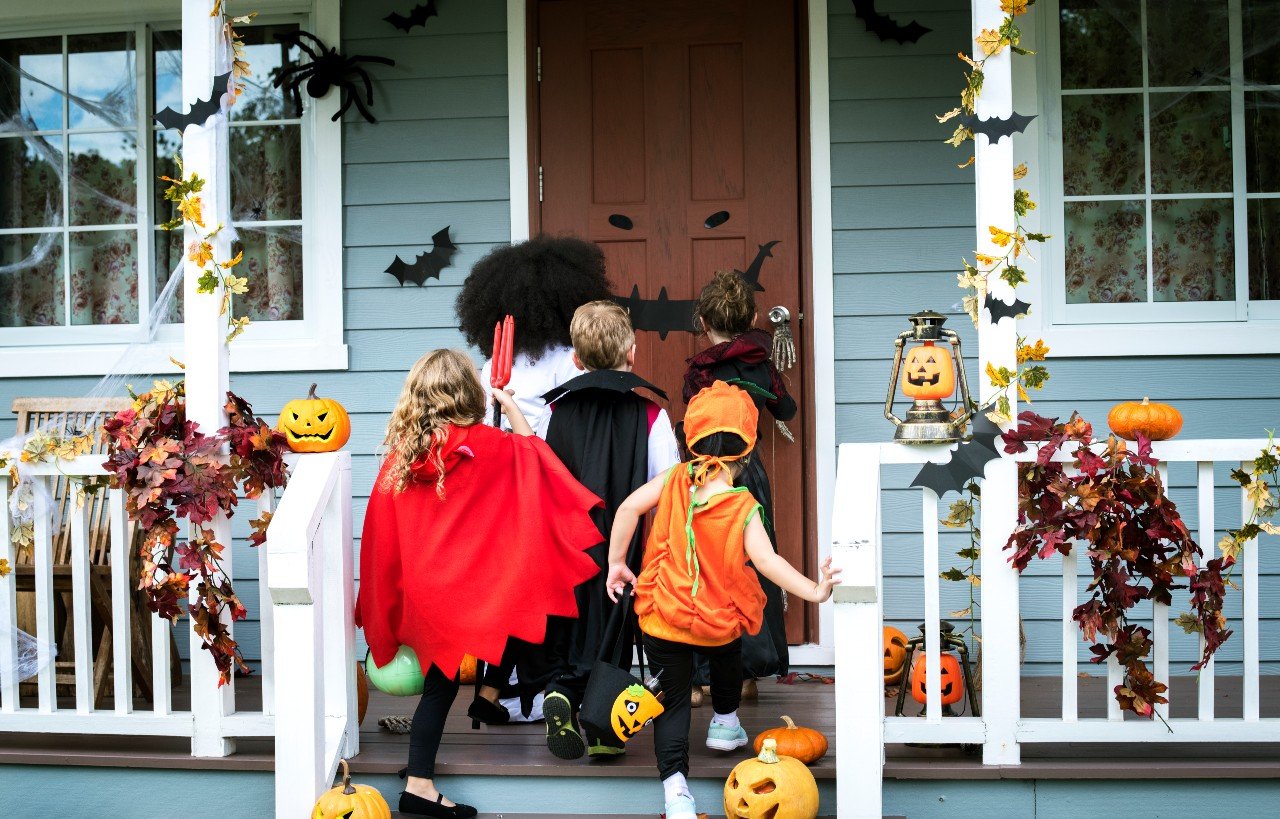
Why do we dress up for Halloween? How did carved pumpkins become so important? And why does a random night in October matter so much, anyway?
These are all questions you've probably asked yourself from time to time. Well, fear not! We've tackled those mysteries for you. The myths and facts that surround Halloween and the way in which we currently celebrate the holiday are rooted deeply in the past. We thought it was time to dig up some of that ancient history, so that we all know exactly what we're celebrating on October 31st.
Myth: Halloween is a satanic holiday
Fact: Halloween can be traced back centuries to pagan rites. Celtic celebrations were held for the end of the harvest season, or Samhain, which means "summer's end." The festival would last for several days, and included large bonfires to cleanse the land and say farewell to the year's harvest while preparing for the cold winter months ahead.
Myth: Halloween started as a costume contest
Fact: It was believed that the veil between our world and the spirit world was at its thinnest during this time. Because of this, people feared the presence of evil visiting them. To hide themselves from the spirits and have protection from them, they would dress up in disguises. The thought was that an evil spirit couldn't find a person if they were disguised as an evil spirit themselves. This has since morphed into a day to flaunt any and all costumes, but the origin was purely about protection.
Myth: Halloween is only about the scares
Fact: Halloween is also referred to as Allhallow's Eve within Christianity. Christians take this evening to pray for lost and departed souls. The next day, All Saints' Day, is spent giving praise to all the saints celebrated in the Christian faith. It is said by some that the churches introduced Allhallow's Eve to stamp out the pagan celebrations on that day. They worked to replace the festival with their own variations. One variation was to visit cemeteries and leave lit candles on the graves of those recently departed to help light their way.
Myth: Halloween has always featured pumpkins
Fact: The story of Stingy Jack is where jack-o'-lanterns originated. The story goes that Jack tricked the devil and made a deal that he wouldn't claim Jack's soul when he died. However, God also rejected his soul when the time came. So, the devil turned Jack away at the gates of hell with a lump of coal to light his way. Jack placed it inside of a carved-out turnip and has been roaming the Earth with it ever since.
This story came to America with the Irish immigrants who first traveled here in the 1800s. Their version was impeded by the lack of turnips on American shores, but they benefitted from the abundance of pumpkins. The people instead started to carve up pumpkins in place of turnips, and thus they became the version we are more familiar with today.
Unsurprisingly, children took this tradition and turned it into a prank. The story goes that they would wander through neighborhoods with their own versions of Jack's lantern and try to scare people into thinking they were really Jack. As they started to use pumpkins, the name changed to "jack-o'-lantern."
By the late 1800s, the tradition had been taken over by high society. Socialites hosting parties for Halloween started using jack-o'-lanterns as decorations. That twist on an old tale has stood the test of time, and it is still how we use pumpkins in today's version of Halloween.
Myth: Halloween started with kids wanting candy
Fact: Trick-or-treating first started when beggars used to go door to door. They would say prayers for the dead in exchange for food. As time went on, this changed from prayers to performances. Poems and songs would be offered instead of prayers. Eventually, this tradition grew to include threats for food. By the time it crossed the seas to America, the method of going door to door was now about tricks or treats.
Children took to the streets on the night of Halloween while in disguise, demanding sweets or threatening to pull a prank if they did not receive anything. Their idea to wear disguises, aka "guising," most likely stemmed from the desire to hide from evil spirits, but there's always the possibility that they didn't want to get caught being bad and doing tricks. It's a strange variation of beggars simply pleading for food, but that is, of course, how many traditions change throughout the years. So, now, we just stick out our hands and say, "Trick or treat!"




